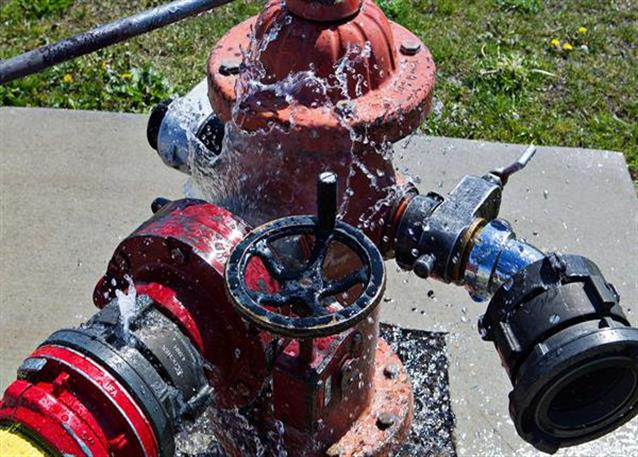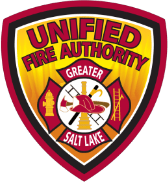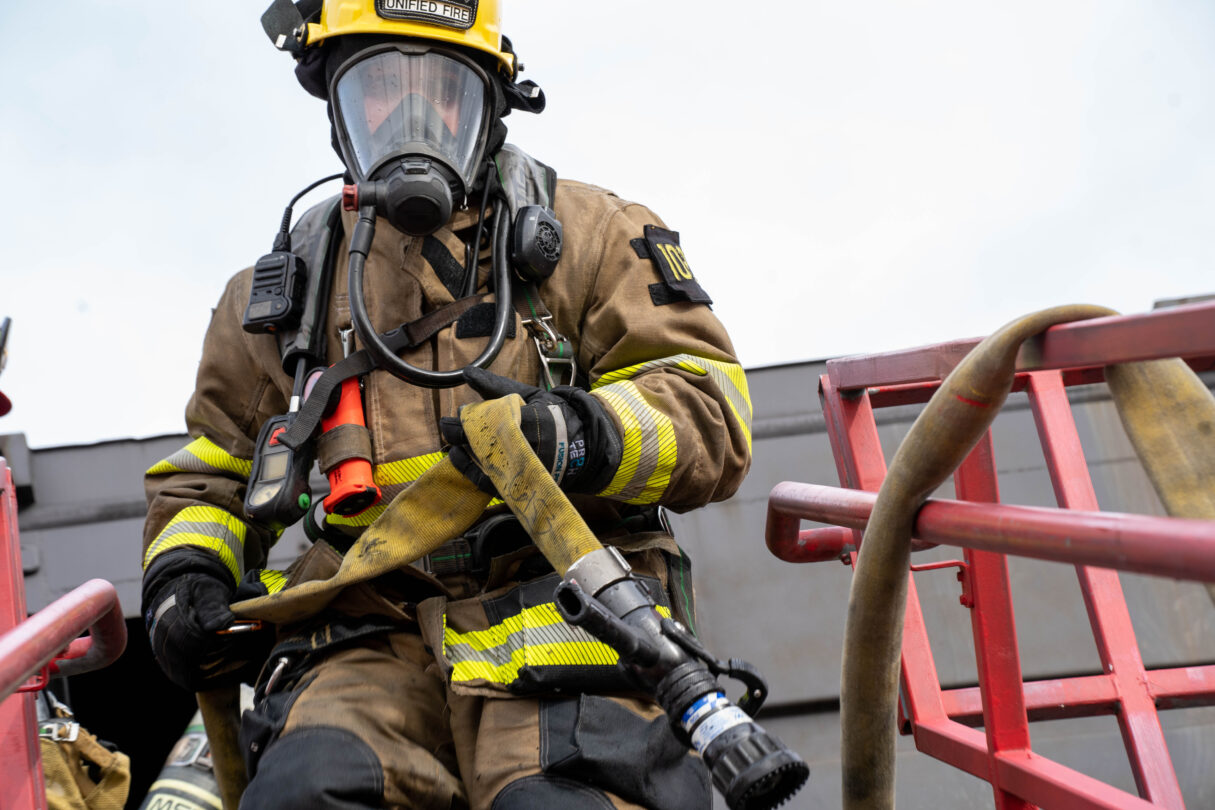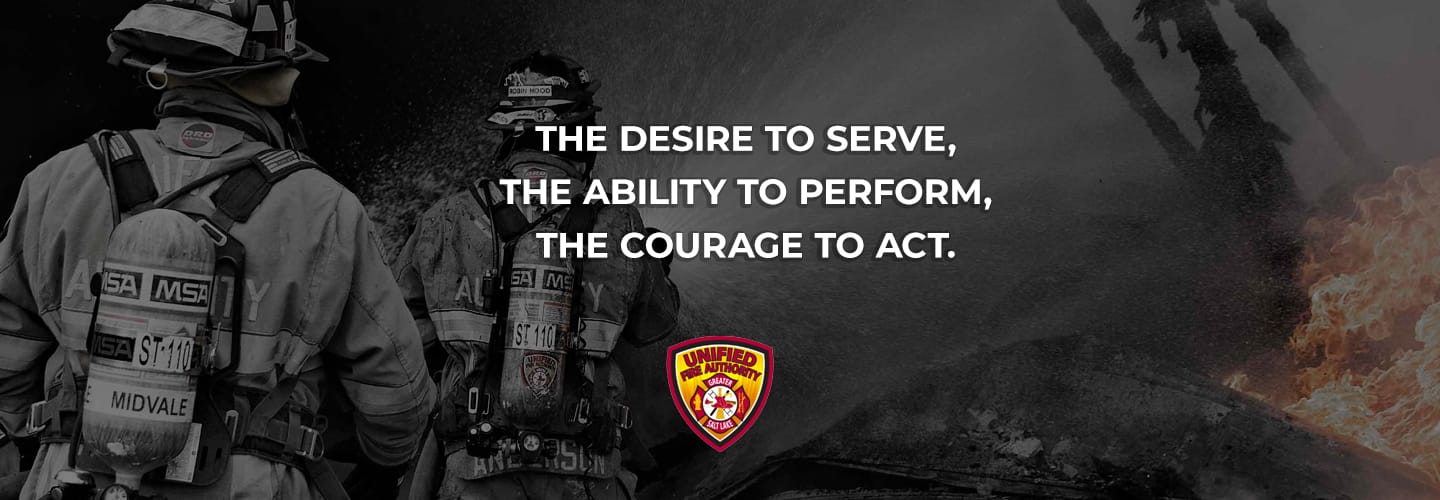Fire Hydrants

Fire hydrant systems must be maintained in an operative condition at all times and are repaired where defective. Additions, repairs, alterations and servicing must comply with approved standards.
Hydrants located at higher elevations, such as ski resorts and canyon communities require a marker pole to be installed adjacent to the hydrant. In areas where hydrants are susceptible to vehicle damage, protective metal bollards are required to be installed.
Help the fire department by noticing the condition of the fire hydrants in your area. Damaged hydrants need to be repaired as soon as possible. If the hydrant is leaking or damaged, please call your local water company.
Please take responsibility for the upkeep of the area around the fire hydrant on your property!
In case of an emergency, fire crews need to have immediate access to fire hydrants. The hydrant must not be damaged or inaccessible due to snow and debris! A fire can double in size every 2-3 minutes. It can be a significant delay in fire operations if an Engine crew needs to search for and clear out a hydrant.
- During winter conditions it is very important to make sure the hydrants near your home or place of business are clear and free of snow. Do not push snow from parking lots up over hydrants.
- Be sure that a three foot area around the hydrant is clear of any debris or obstructions.
- If you are concerned about how the hydrant looks on your property, you are more than welcome to beautify the space around it with flowers. But in doing so, be aware that the hydrant must be visible, accessible, and that the possibility of destruction of your plant life around the hydrant is very high in the event of an emergency.
- Do not park in front a fire hydrant. A minimum 10 foot distance in front of a fire hydrant is required.


